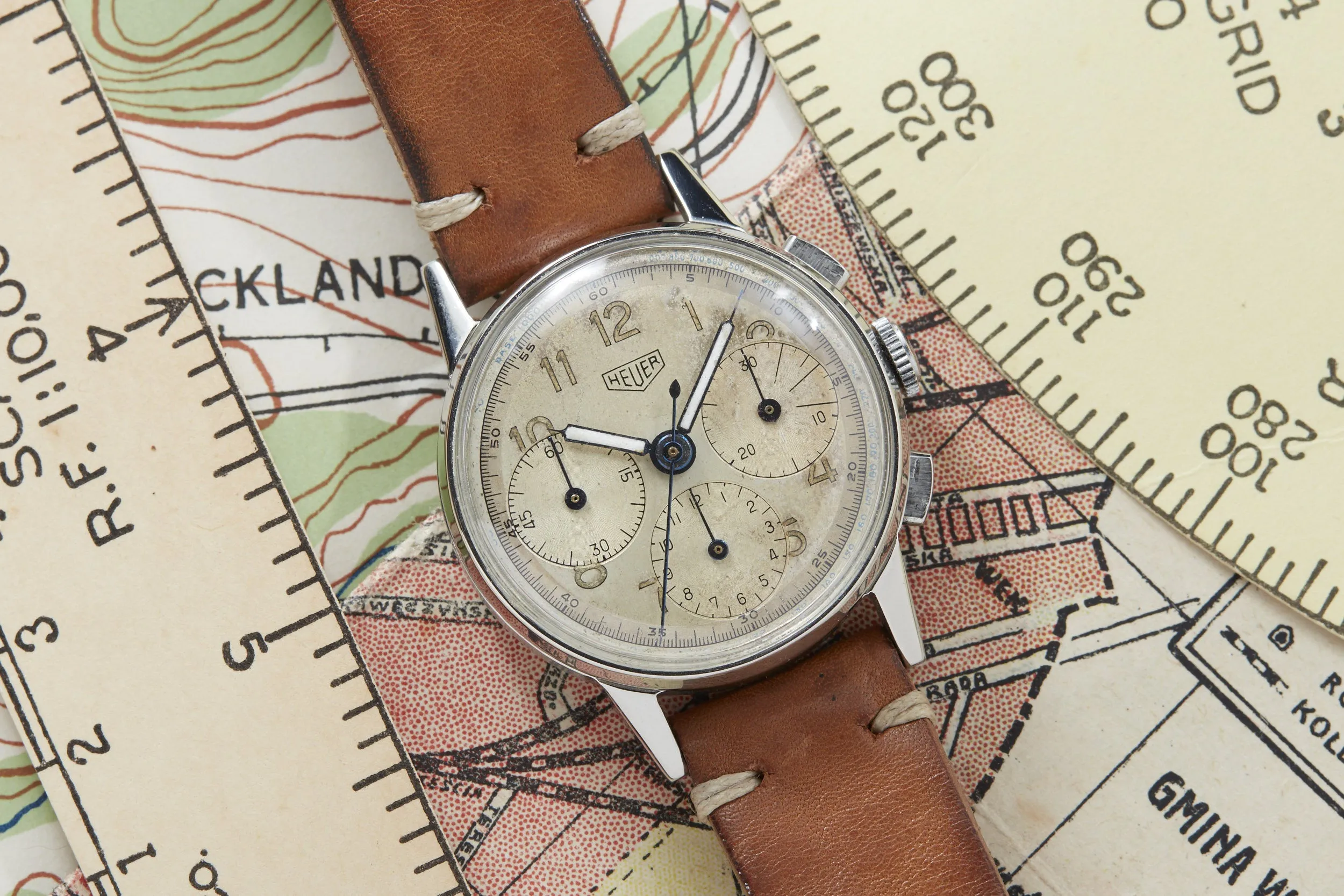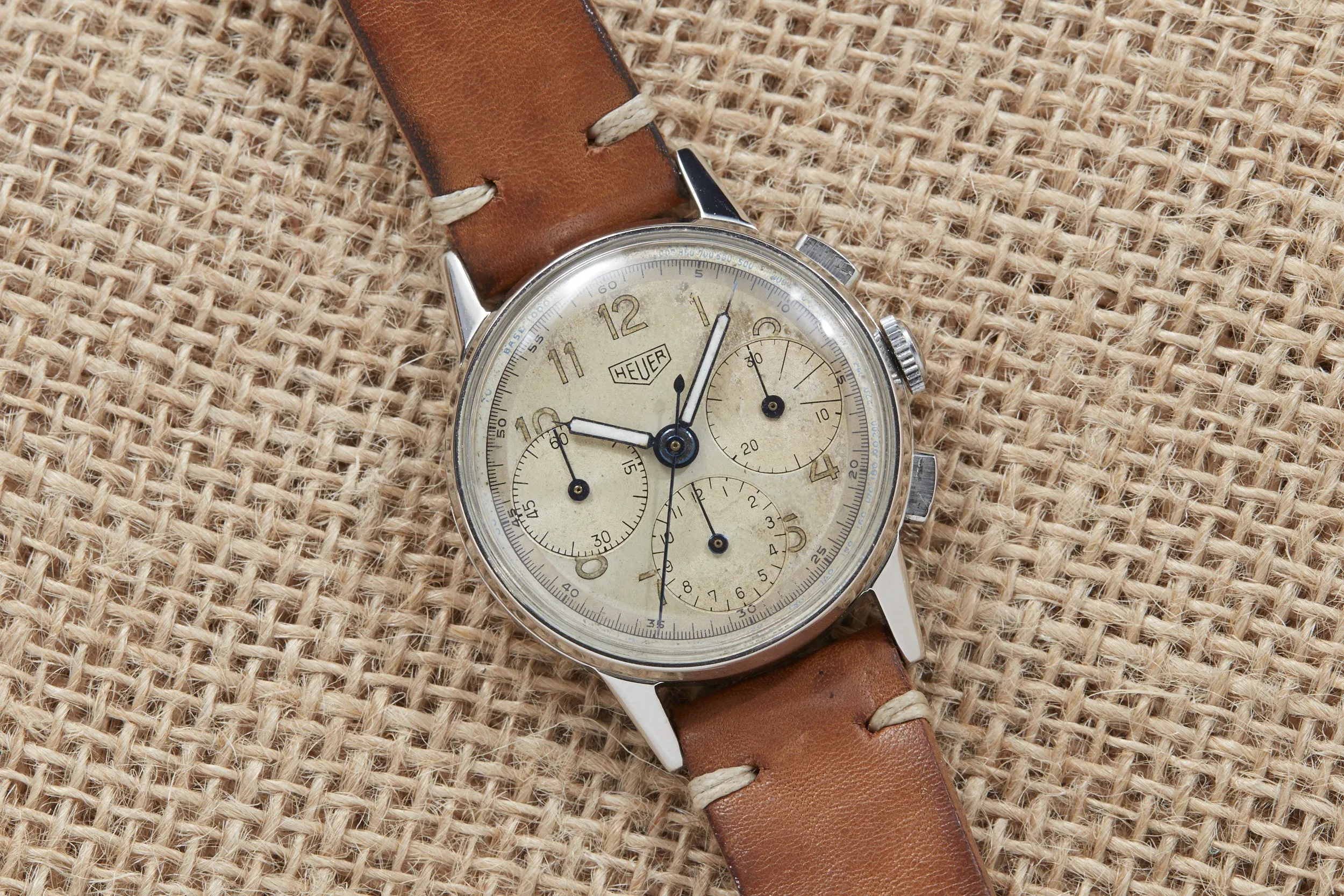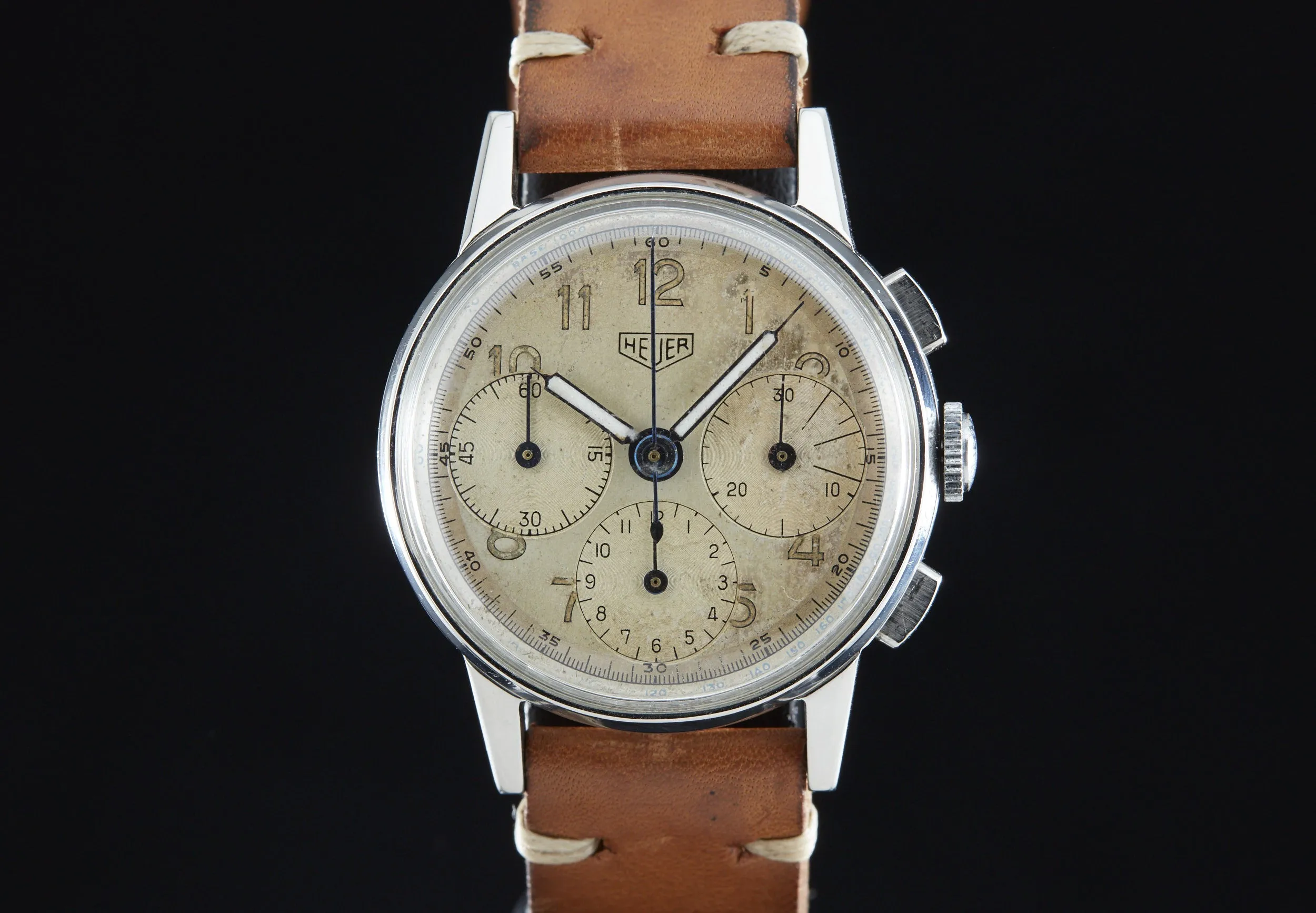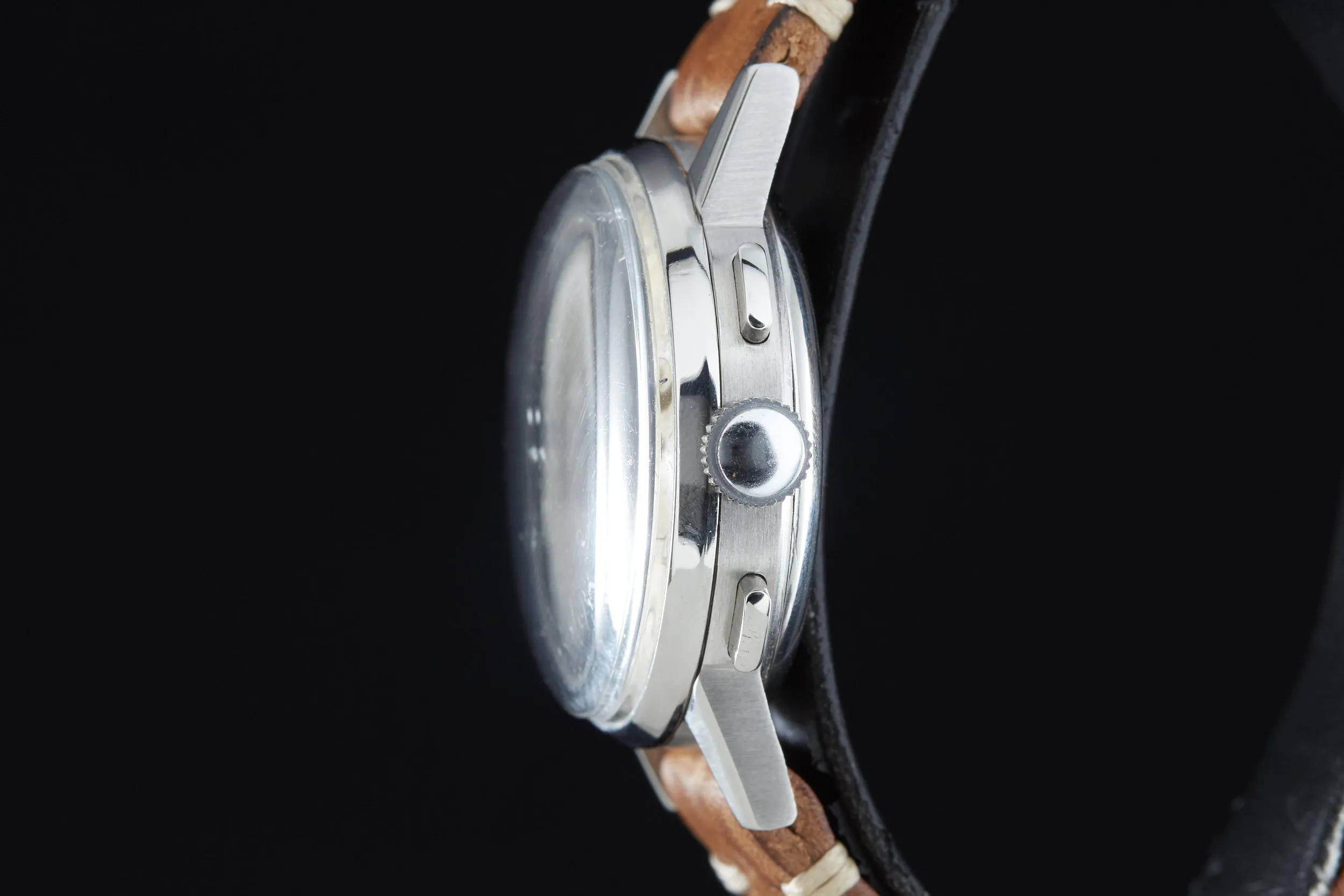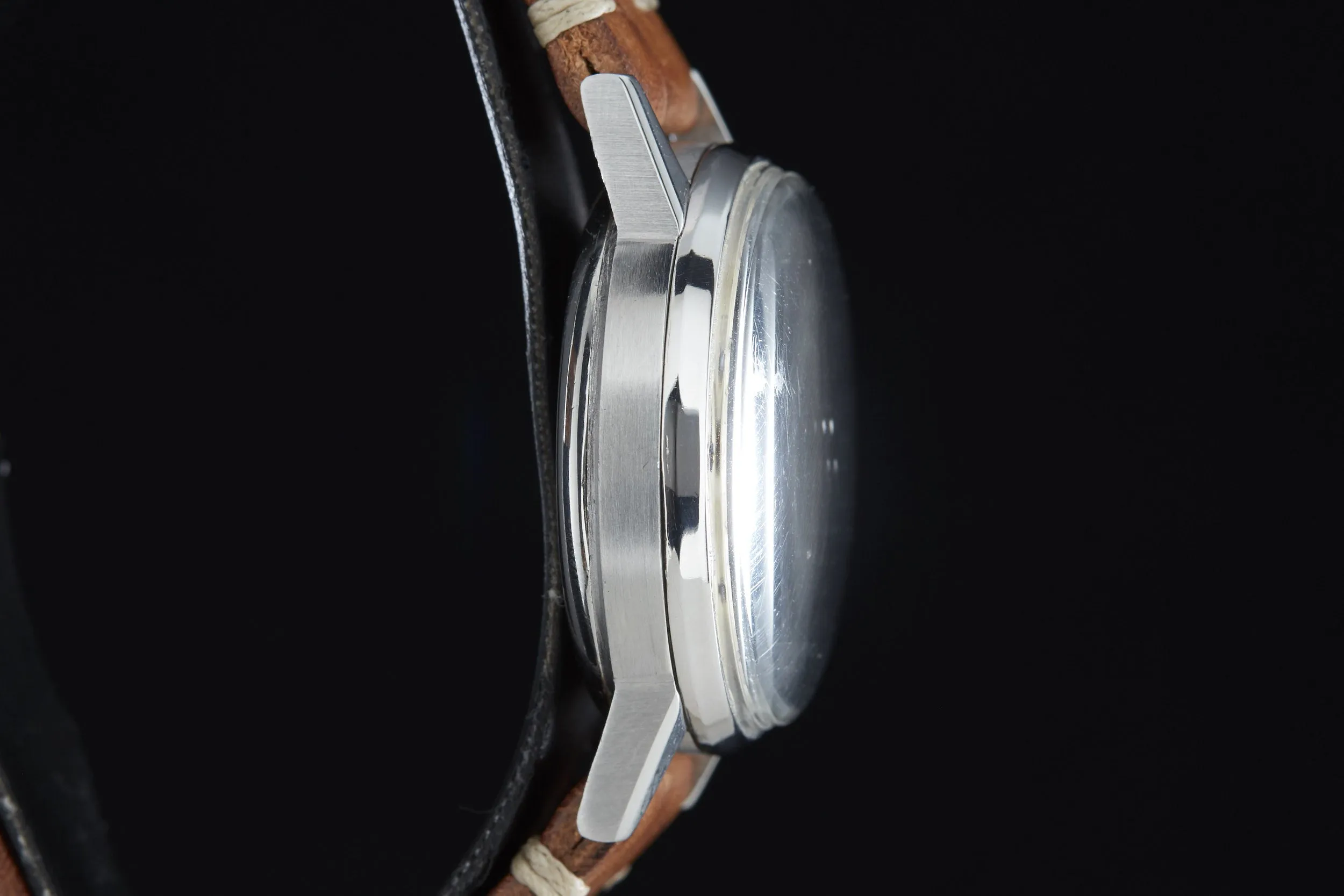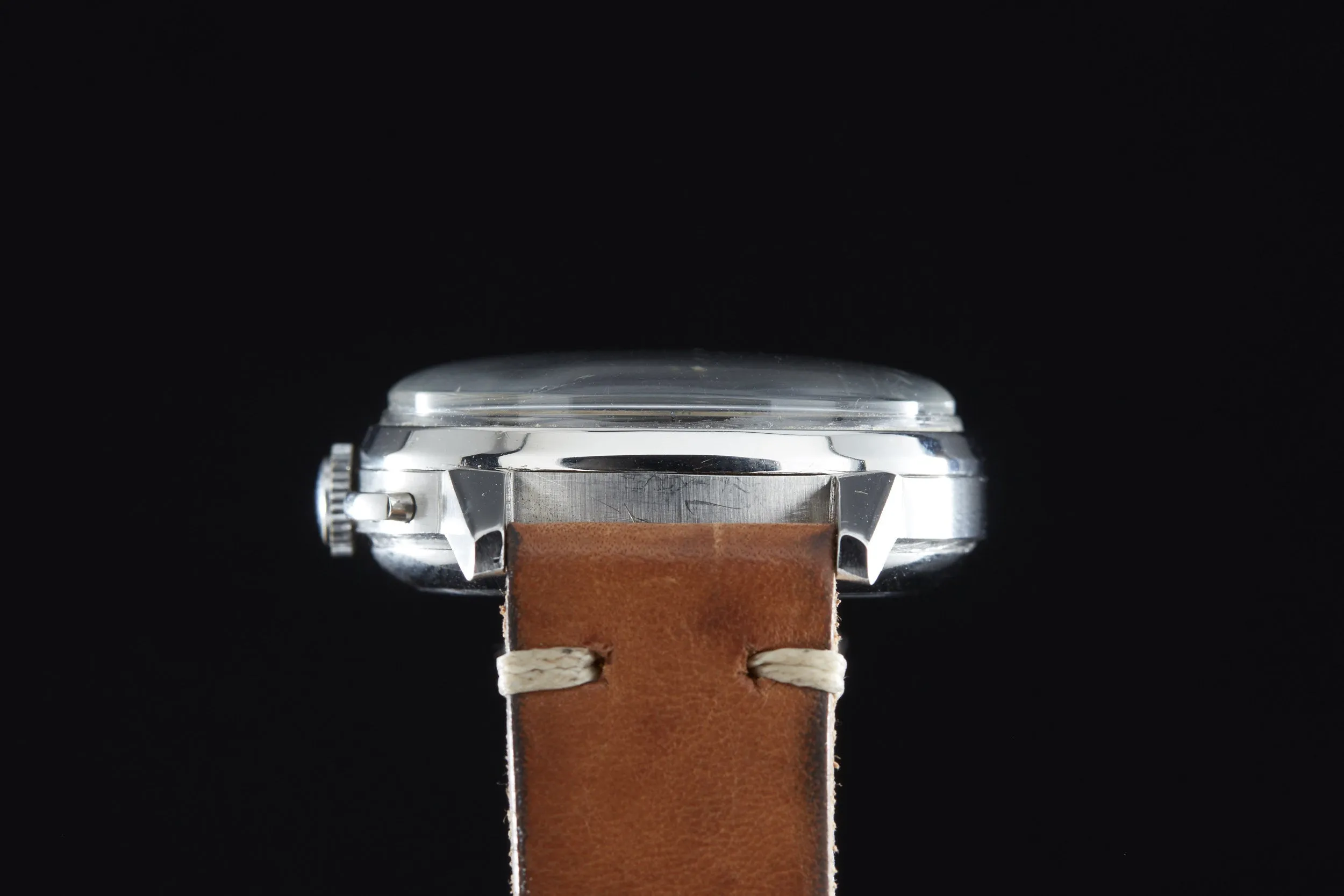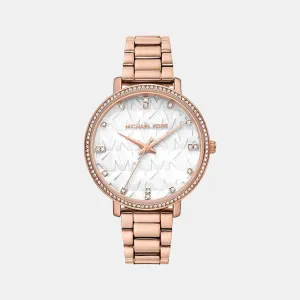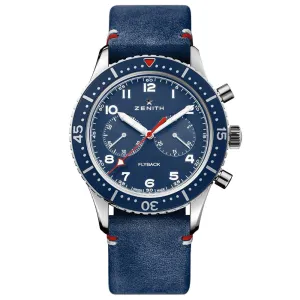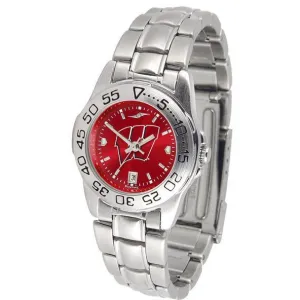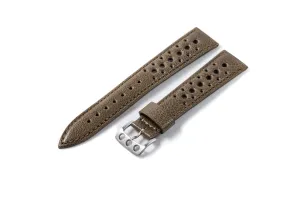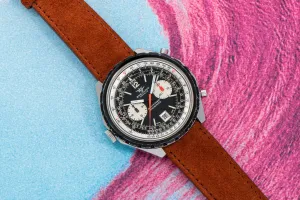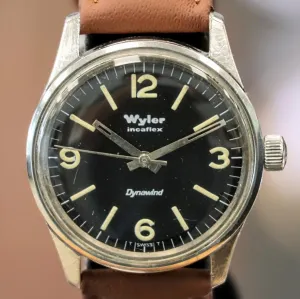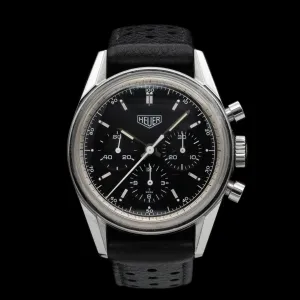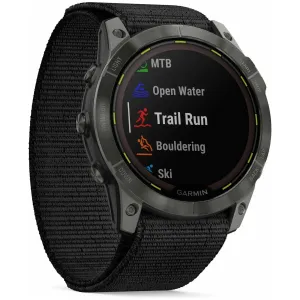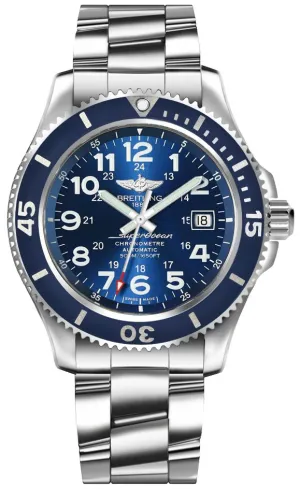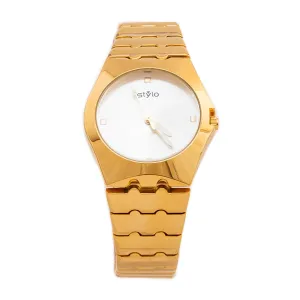Product Details
+In the world of vintage chronographs, there are some watches that can be considered nothing short of legendary. Whether due to the brilliance of their design, or their association with historical events or figures, they have become classics. The history of the brands that produced them can be clearly defined as two periods: pre-legend, and post-legend.
Take for example the Heuer Carrera. It’s regarded by collectors as one of the most perfect chronograph designs of all time—if not the very best. Stemming from its creator Jack Heuer’s quest to create the most legible chronograph, the Carrera has spawned countless imitators. To collectors of vintage Heuer it’s the be all, end all of chronographs, the absolute must-have for any collection.
It’s so iconic that any chronograph they produced before the release of the Carrera in the 1960s is automatically referred to as “pre-Carreras.”
However, Heuer first created its first chronograph in the 1890s—a long period rich with beautiful chronograph designs that, though they may not have “Carrera” on the dial, are no less worthy of consideration.
In fact, the roots of what would become the Carrera would be planted much earlier than the 1960s—twenty years earlier, in fact.
The years following the Second World War were a pivotal period in chronograph design for Heuer. Many chronographs produced during this time retained the clean lines of the watches worn by military personnel during the war. Though their cases were notably smaller than their 1960s successors, such as the Carrera, they were also steel and waterproof.
It’s also during the 1940s that Heuer laid the groundwork for the watches that were to come—most notably, the Carrera. In fact, the Reference 2447—that is, the reference number of the very first Carrera—was actually launched in the 1940s, with the prominent Heuer shield that collectors of 1960s would recognize. These watches proved popular with consumers, and President Harry S. Truman purchased one in 1945.
This beautiful steel chronograph epitomizes Heuer’s mid-century design prowess. In its 36mm steel case, you see the long faceted lugs that would come to full fruition on the Carrera, which were first found on a triple calendar chronograph Heuer produced in 1945. The dial, however, is pure 1950s, with large luminous Arabic numerals partially cut off by the chronograph registers at 3, 6, and 9.
In our opinion, the chronographs that Heuer produced in the 1940s and 1950s are some of the most desirable timepieces in the horological world. Though not automotive-inspired, like the Carrera was, they have sporty characteristics that translate well to modern tastes. Chronographs like this one just prove that even though they might not be as legendary as the Carrera, Heuer’s skill at producing beautiful watches sure was.




